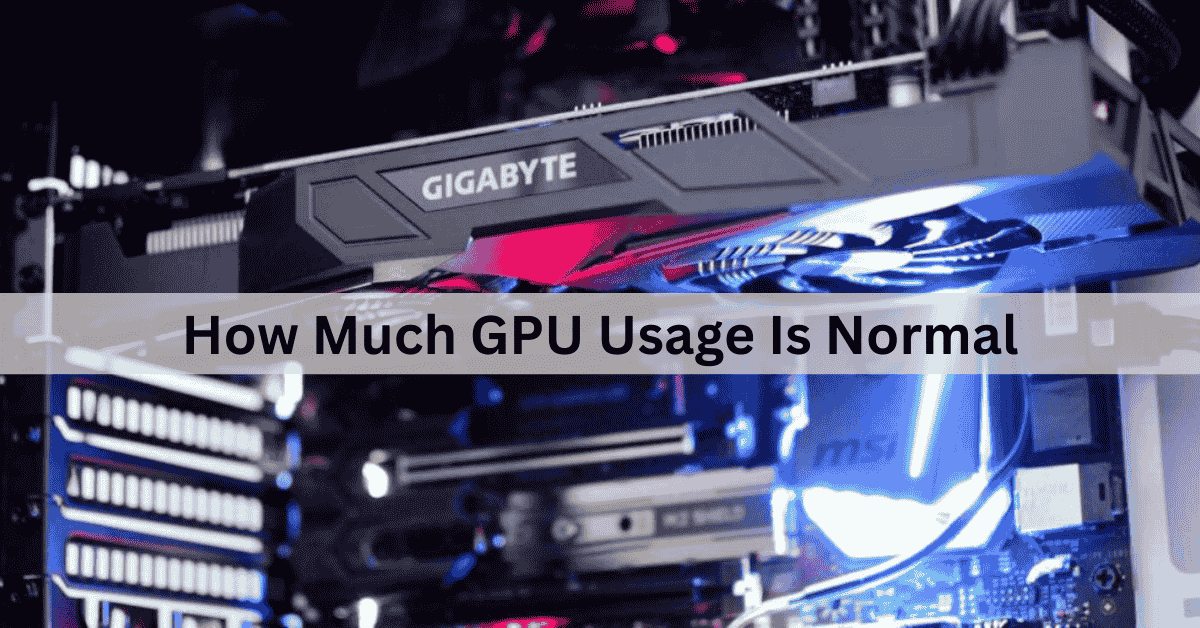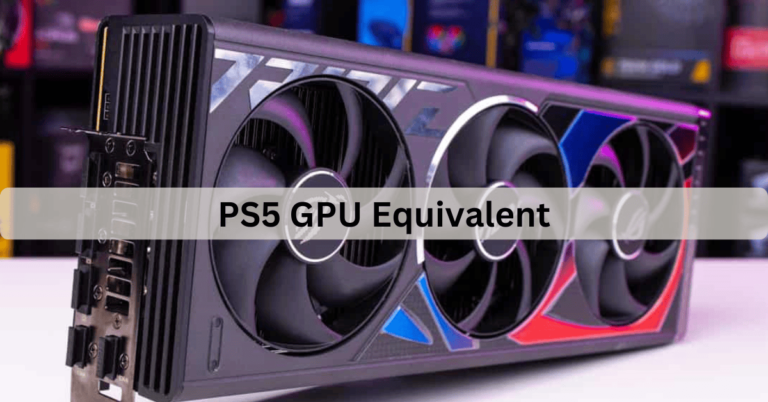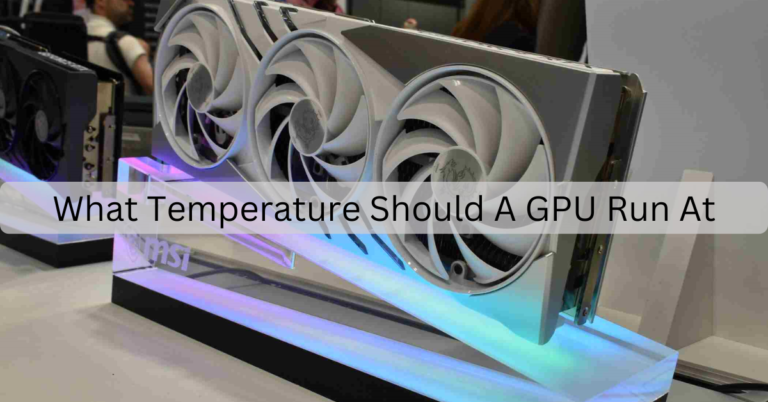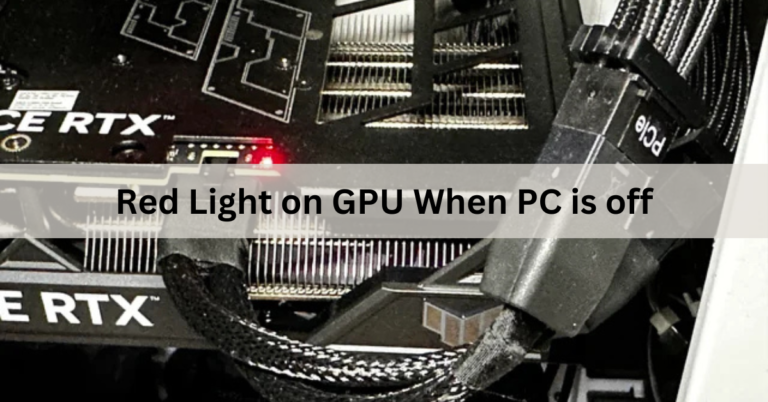How Much GPU Usage Is Normal – See If Yours Is in the Safe Zone!
I used to wonder how much GPU usage is normal, but after monitoring my system, I found that staying around 50-70% during gaming or heavy tasks feels just right.
Normal GPU usage typically ranges from 50% to 80% during regular tasks or gaming. Anything above 90% for extended periods may indicate overuse or overheating, which could affect performance or cause damage over time.
This article will discuss “How Much GPU Usage Is Normal” and the healthy levels. Understanding this will help ensure your GPU runs efficiently without overheating or causing performance issues.
Understanding Normal GPU Usage!
Typical GPU usage changes based on the tasks you’re doing. For simple tasks like browsing the web or watching videos, your GPU should use less than 30-40% of its power. However, during more demanding tasks like gaming or video rendering, it’s common for GPU usage to rise to 70-90%. Anything above that for long periods may indicate that your system is under stress or the GPU is overheating.
To keep your GPU in a healthy range, it’s important to check its performance often. If you notice sustained high usage or temperature spikes, it could be time to clean your system, adjust settings, or upgrade components. Keeping your GPU at a normal usage level helps extend its lifespan and maintain optimal performance.
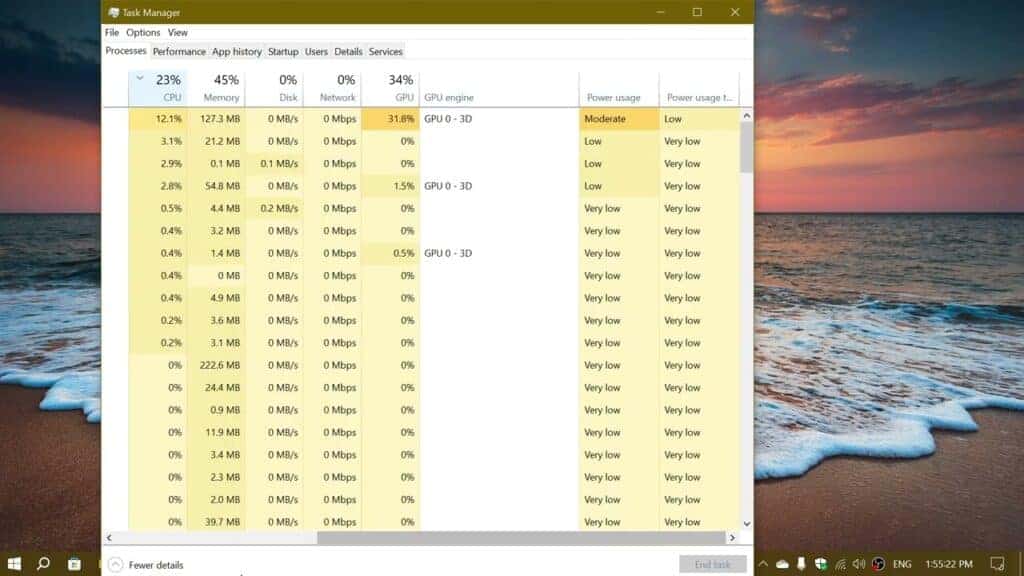
How to Know If Your GPU Usage Is in the Right Range!
To check if your GPU usage is in the right range, you can use monitoring tools like Task Manager on Windows or third-party software like MSI Afterburner. These tools will show you real-time GPU usage, temperature, and performance. For everyday tasks, your GPU usage should stay below 30-40%. During gaming or heavy tasks, it’s normal for it to go up to 70-90%.
If you notice your GPU usage is consistently above 90%, it might be under too much stress, which can lead to overheating and performance issues. Keeping an eye on your GPU’s performance helps prevent problems and ensures your system runs smoothly for longer.

How Much GPU Usage Is Too Much?
High Usage Concerns:
- GPU usage consistently above 90% for long periods may be too much.
- It can make your GPU overheat, which might cause damage or even crash your system.

Temperature Warning:
- Along with high usage, if the GPU temperature exceeds 85°C, it’s a sign that the GPU might be overworked.
- High temperatures combined with heavy usage can negatively affect performance.

Signs of Too Much GPU Usage:
- Frequent system crashes or slowdowns.
- Lower frame rates and stuttering during gameplay.
- Excessive fan noise due to cooling systems working overtime.
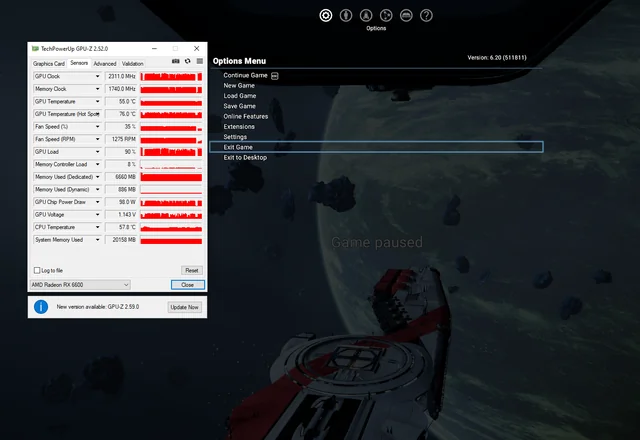
When Should You Worry About High GPU Usage?
You should start worrying about high GPU usage if it stays above 90% for long periods, especially when you’re not running demanding programs like games or video editing software. Consistently high usage can cause your GPU to overheat, which may lead to system crashes, slower performance, or even permanent damage over time.
Another sign to watch out for is if your GPU temperature rises too high (usually above 85°C). If both the usage and temperature are high, it could mean your system is struggling to keep up. In this case, it’s a good idea to check for dust buildup, update drivers, or adjust settings to reduce the load on your GPU.

Why Does My GPU Usage Vary and What’s Normal?
How Temperature Affects GPU Usage?
If your GPU gets too hot, it will lower its performance to cool down, which reduces the usage. High temperatures can cause the GPU to use less power, even if the task is still demanding. This drop in usage is the GPU trying to prevent overheating, so keeping it cool is important for steady performance.
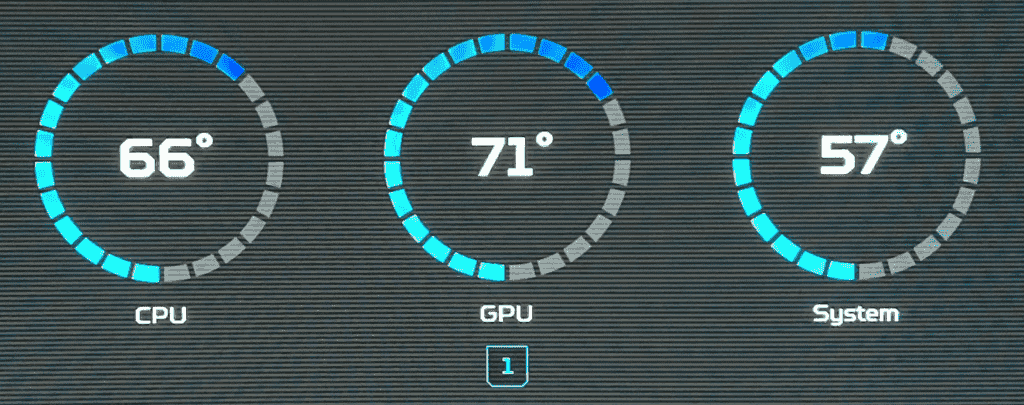
How Gaming Affects GPU Usage?
In games, your GPU has to create detailed graphics and smooth movements, which requires more power. The level of graphics in the game, the resolution, and the game settings can all raise GPU usage. High-quality games or settings will use more of your GPU’s power, causing usage to go up. This is completely normal while gaming.
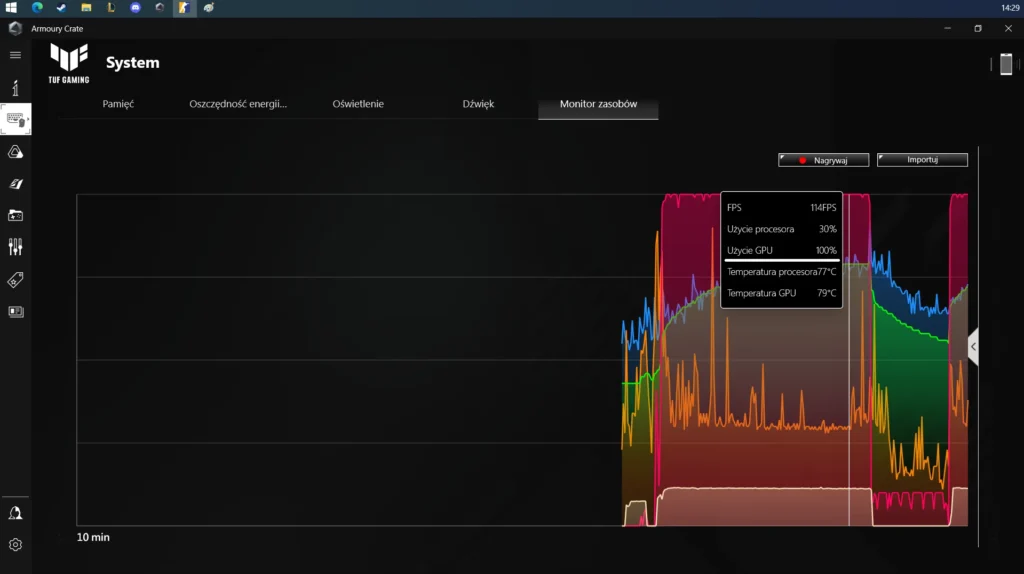
Is It Okay for GPU Usage to Go Up and Down?
Yes, it’s normal for GPU usage to rise and fall. When your computer isn’t doing much, like when you’re browsing the web, the GPU usage stays low. However, when you run a heavy game or software, it spikes. As long as the usage isn’t too high for long periods, these changes are normal.

What’s the Perfect GPU Usage for Smooth Gaming Performance?
For smooth gaming performance, your GPU usage should typically range between 70% and 85%. This ensures that your graphics card is being fully utilized without overloading it. If the GPU usage is too low, it could mean your system isn’t pushing the hardware hard enough, which might lead to suboptimal performance or lower frame rates.
However, if the GPU usage consistently goes above 90%, you may experience overheating or frame drops. To avoid this, make sure your system has good airflow and keep your drivers updated. Finding the right balance in GPU usage will help you enjoy a smooth and enjoyable gaming experience.

FAQs:
What is the ideal GPU usage for regular tasks?
For everyday activities like browsing the web or watching videos, your GPU usage should stay below 30%. The GPU doesn’t need to work hard during these tasks, so usage remains low.
Is it normal for GPU usage to spike during gaming?
Yes, it’s completely normal. Gaming requires a lot of power to render graphics, so GPU usage can spike to 70-90%. Higher usage means your GPU is working harder to deliver smooth gameplay.
How can I monitor my GPU usage?
You can use built-in tools like Task Manager on Windows or third-party software like MSI Afterburner to track your GPU usage in real-time. These tools will show you how much power your GPU is using while you work or play.
What’s the maximum GPU usage that is safe for my PC?
Most GPUs are designed to handle 90-100% usage, but this level mustn’t last too long. Sustained high usage can cause overheating and reduce your GPU’s lifespan, so it’s best to keep it below 90% if possible.
Why does GPU usage go down when I’m not doing anything heavy?
When your computer is idle or doing light tasks, the GPU doesn’t need to process much, so its usage drops to low levels (below 20%). This helps save energy and keeps your system cool.
Can high GPU usage cause overheating?
Yes, if your GPU is working too hard for extended periods, it can get hot. Overheating can cause performance issues like lag or even damage the hardware over time. Keeping an eye on the temperature is important.
What should I do if my GPU usage is always high?
If your GPU usage is constantly high, even when you’re not running demanding programs, check for issues like dust buildup or faulty drivers. You can also try lowering game settings or closing background applications to reduce the load.
Does GPU usage depend on the type of game I’m playing?
Absolutely. Simple games with basic graphics won’t use as much GPU power as graphically intense games. Games with detailed textures, high resolutions, and complex animations will naturally push your GPU usage higher.
What is a good GPU usage for video editing?
For video editing, it’s normal to see GPU usage between 50-80%, especially when rendering or processing high-resolution videos. Your GPU should be actively working but not overloaded during these tasks.
How can I reduce GPU usage without losing performance?
You can lower GPU usage by reducing game or application settings like resolution, texture quality, or shadow effects. Also, ensuring your system is clean and has good airflow can help keep your GPU cool and efficient.
Final Words:
In conclusion, understanding normal GPU usage is essential for maintaining your system’s performance and longevity. For everyday tasks, keeping GPU usage below 40% is ideal, while during gaming or demanding tasks, 70-90% is common. Regularly monitoring your GPU helps ensure it runs efficiently, preventing overheating and performance issues. If usage stays high for too long, it could cause damage, so always keep an eye on your system’s health.

